You are here
Back to topAs China’s Durian Imports Decline, Thailand Seeks New Transport Routes
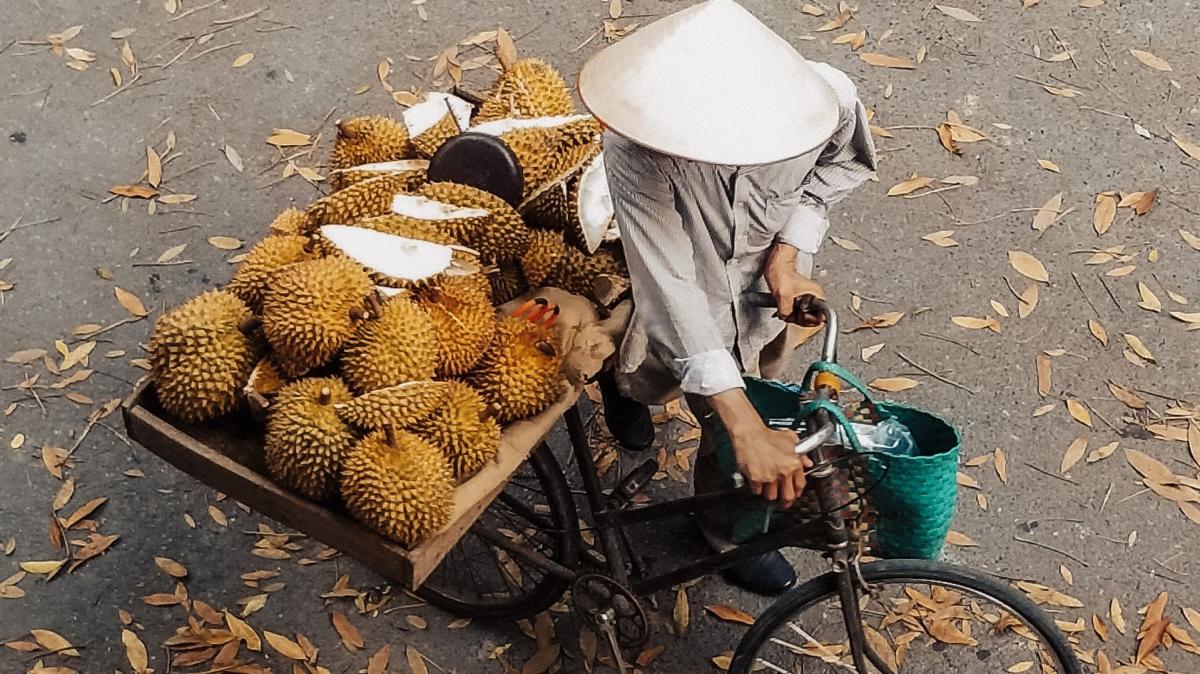
After years of growth, exports of Thai durians to China have declined for the first time.
According to customs data, China imported only 85,600 metric tons of fresh durians from Thailand between January and April, a year-on-year decrease of 36.5%. Meanwhile, the total import value decreased by 33.2% to 3.242 billion Chinese yuan ($486 million). However, import prices remained strong, increasing by 5.2% to 37.9 yuan ($5.68) per kilogram.
China’s response to the pandemic has led to multiple port closures and delays in customs clearance, creating havoc throughout supply chains. Moreover, with first-tier cities such as Shanghai, Beijing and Guangzhou witnessing varying levels of restrictions since February, consumer demand for durians has contracted significantly.
According to Thai media reports, less than 1% of Thailand’s fruit was exported by air in 2021. Around 48% was exported overland, mainly through the land ports of Mohan, the Friendship Pass, Dongxing and Pingxiang. This year, the detection of SARS-CoV-2 genetic material on some shipments of Thai durians has caused authorities to twice suspend imports through the Mohan–Boten land crossing between China and Laos. At other ports, pandemic prevention measures have led to significant delays in customs clearance.
To overcome these challenges, the Thai government has proposed drastic changes in the transportation of durians to China. To speed up the process, more fruit is to be transported by sea and air and via the new China–Laos railway. In April of this year, the Port of Nansha in Guangzhou ushered in the first “Durian Express Line,” with over 3,000 tons of Thai durians transported from Laem Chabang Port to Nansha in just four days.
According to reports, 18 new express routes were opened between Thailand and the Port of Nansha between April and June. This year, more than 4,000 containers of fresh durians are expected to enter the Chinese market via Nansha, a substantial increase compared with the same period of last year.
In terms of air freight, Thailand has arranged 200 pilot flights to transport durians to China. With the summer fruit season fast approaching, Thai Airways International expects to increase its number of cargo flights to 78 to meet the demands of the Chinese market, with 58 flights to Guangzhou, 12 to Chengdu and 8 to Kunming. Meanwhile, the opening of the China–Laos railway has made easier the overland export of Thai fruits. On April 28, the first 520-ton refrigerated shipment from Mohan Port arrived in Kunming, marking the first time that combined rail/road transportation had been used to transport fresh Thai fruit. The transport time from Thailand to Kunming was under seven days from beginning to end.
Over the coming year, the Thai government aims to adjust the proportion of fruit exports to China to 83% by sea, 6.5% by air and 10.5% by land. In an effort to ensure that the supply chain remains intact, if any ports are forced to close, the Ministry of Foreign Affairs and other representatives will seek to negotiate with Chinese authorities to reopen the ports as quickly as possible.
Image: Unsplash
This article was translated from Chinese. Read the original article.



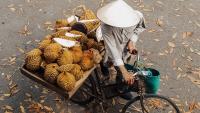
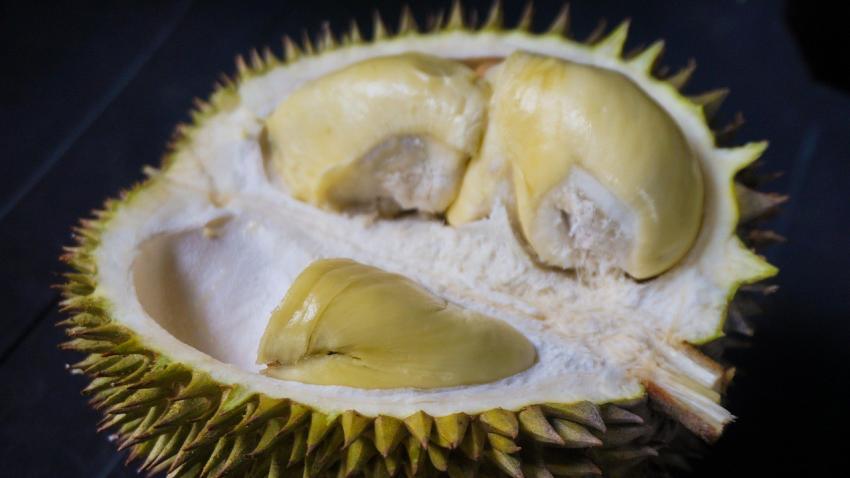
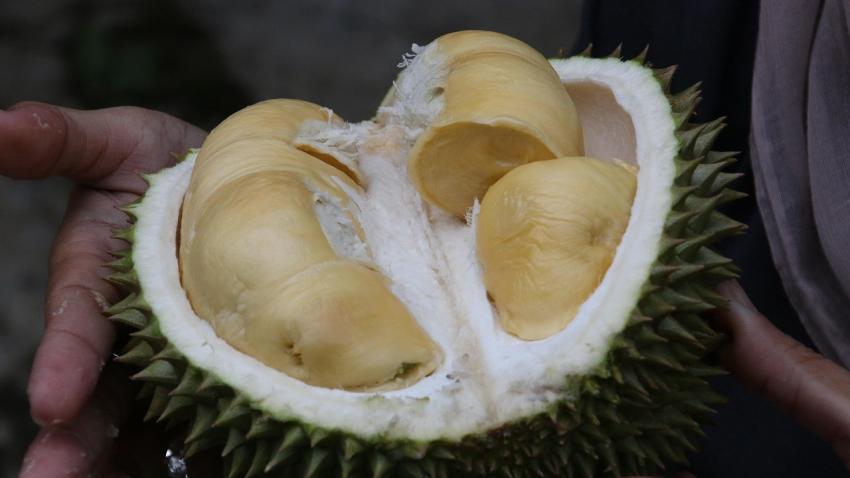
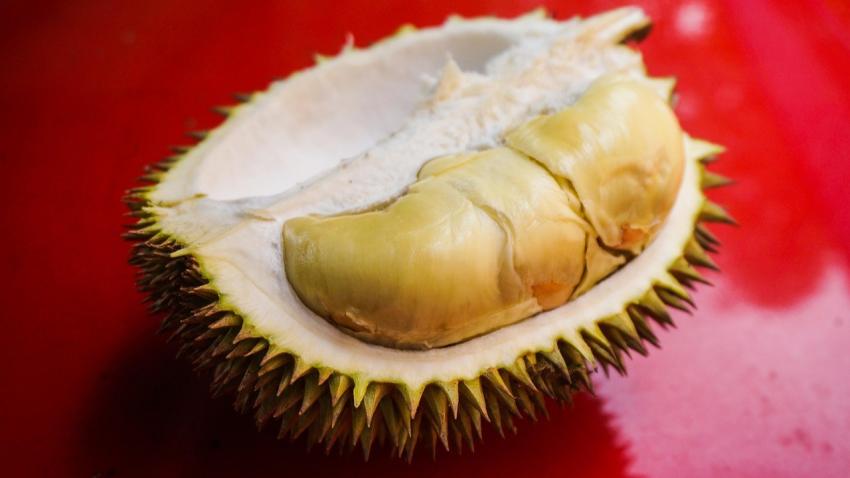
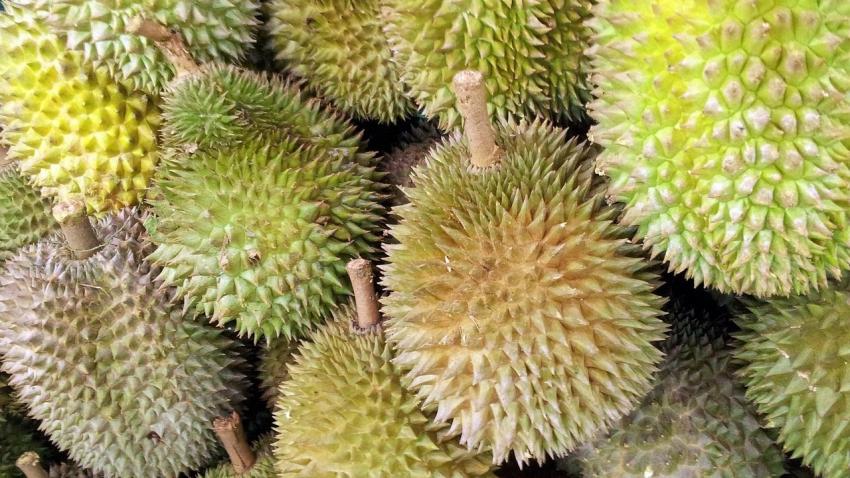







Add new comment